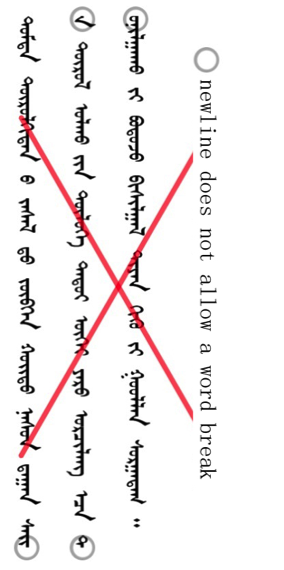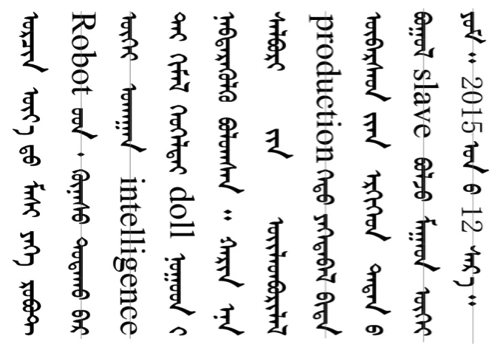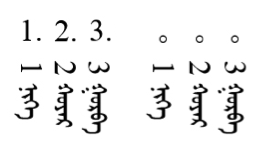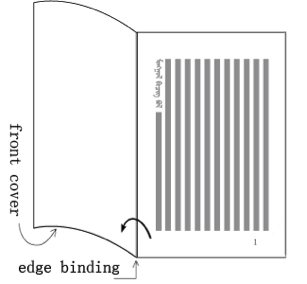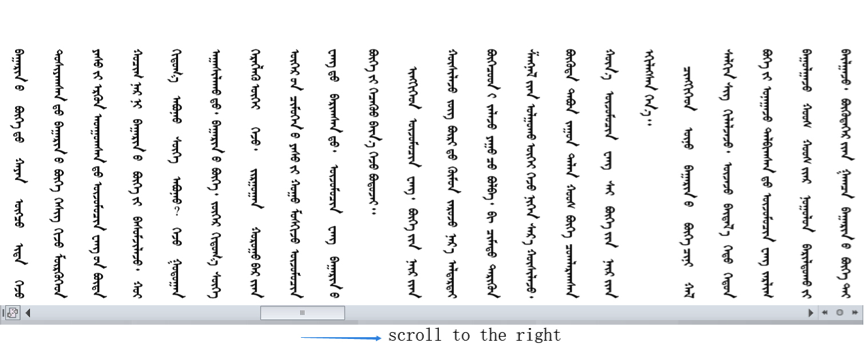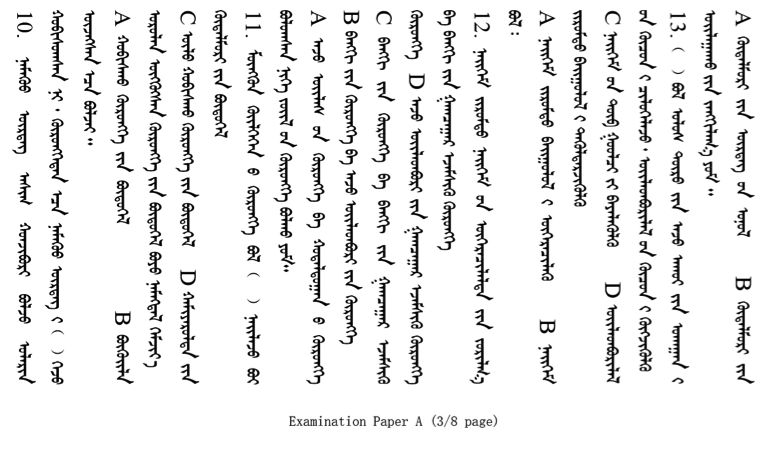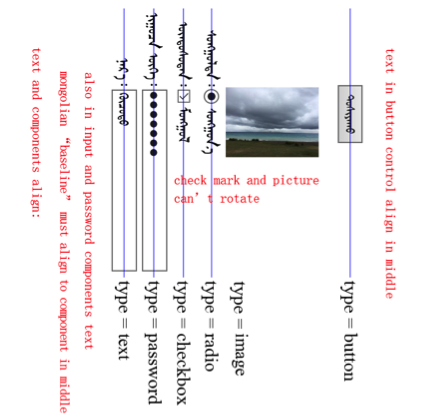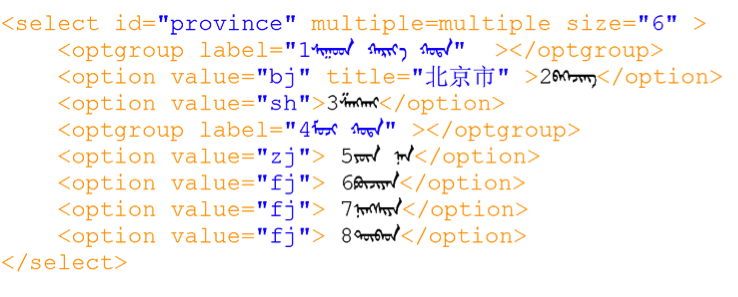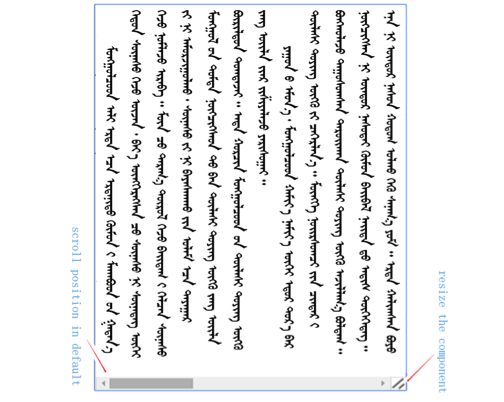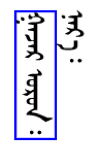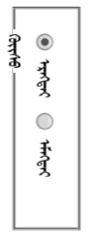Text alignment includes "left alignment", "horizontal centering", and “right alignment ”, as well as “top alignment”, “vertical centering”, “bottom alignment”and “top-bottom alignment”.
"Left alignment ", "horizontal centering" and “right alignment” are the alignment rules that apply inside a line. “Top alignment”, “horizontal centering”, “bottom alignment” and “top-bottom alignment” are the alignment rules in a page or a paragraph of a multi-line text.
Among "left alignment", "horizontal centering" and “right alignment”, “horizontal centering” is a default option which means that the Mongolian text will align based on its baseline axis. “Left alignment” means that the text will move left a certain distance, which shows obvious differences compared with the text after setting “horizontal center”. “Right alignment” means that the text will move right a certain distance after, which shows obvious differences compared with the text after setting “horizontal center”.
Among “Top alignment”, “vertical center”, “bottom alignment” and “top-bottom alignment”, “top-bottom alignment” is a default option which means that the words in the upper and the lower boundary of a multi-line text in a paragraph or a page are all aligned. Its alignment method is that spaces in the text are stretched in the same proportion. “Top alignment” means that the words in the upper boundary of a multi-line text in a paragraph or a page are all aligned without considering the alignment of the lower boundary and stretching the space between words. “Vertical center” means the words in the upper and the lower boundary of a multi-line text in a paragraph or a page do not need to align and leave the same blank under the condition of no-stretching space between words.
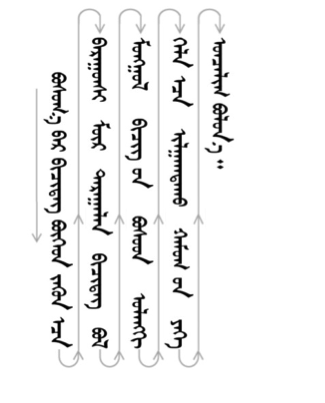

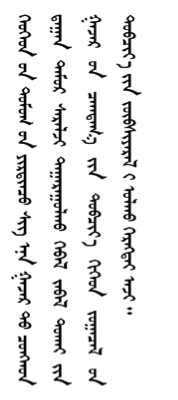

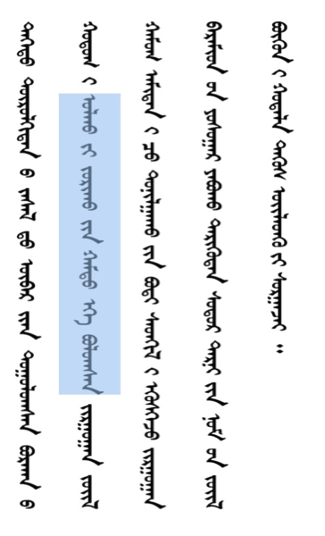
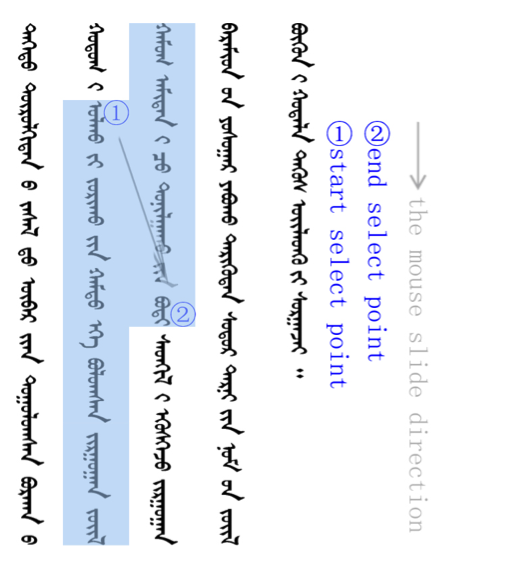


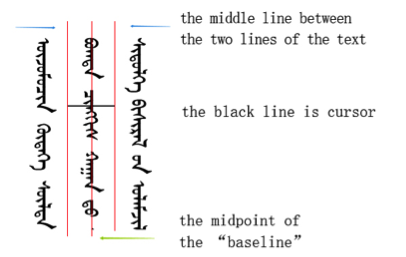


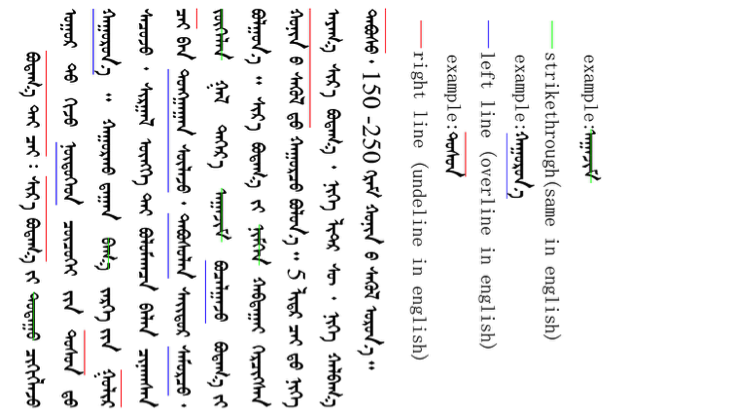



 ” and “
” and “ ”.
”.
